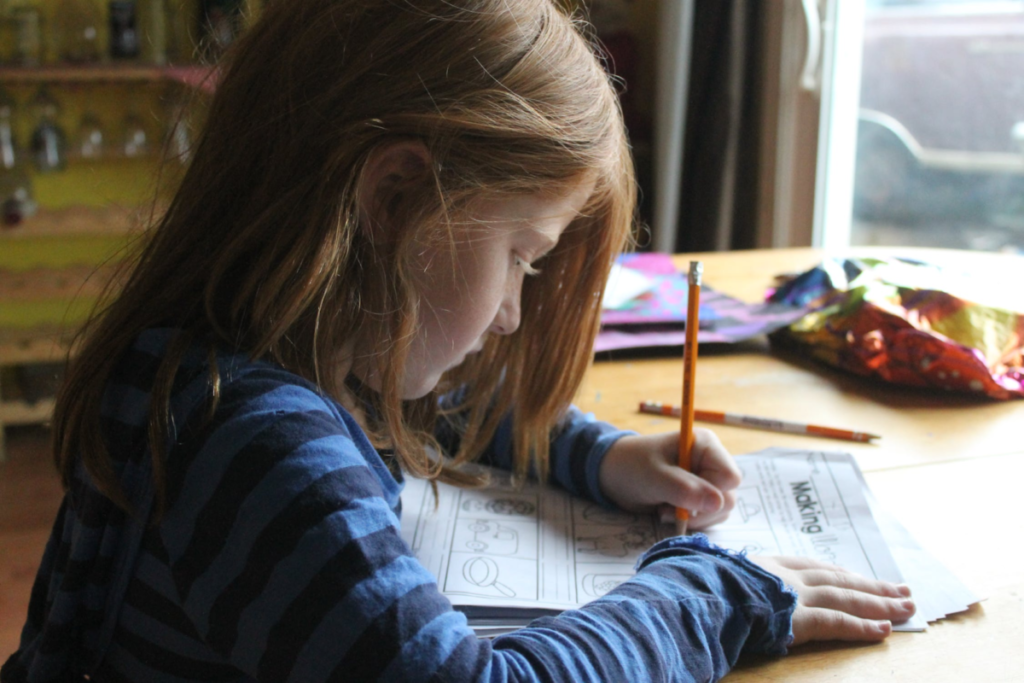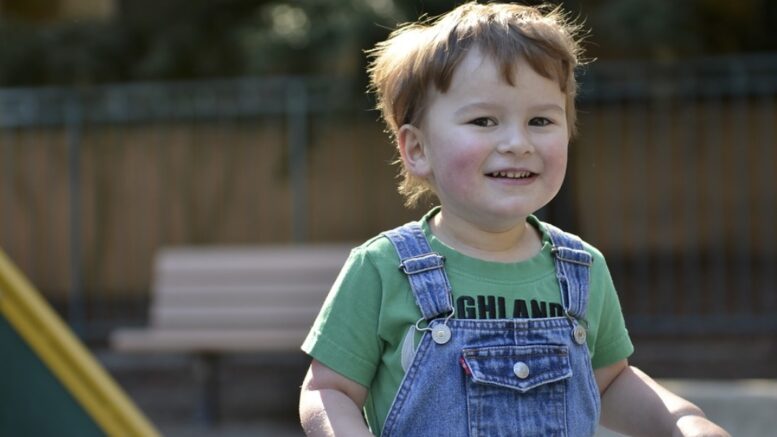If you have a child that is not reaching developmental milestones, or if you feel like your child is “off,” you may be wondering if they have autism spectrum disorder. Autism has been on the rise in recent years, and it is now estimated that 1 in 44 children in the US has some form of autism. This can be a frightening prospect for parents, but there are ways to get help. In this article, we will discuss the signs of autism, getting a diagnosis, and how to cope with the news. So, if your child is exhibiting some warning signs, read on to find out what you can do.
Learn the Signs of Autism
The first thing to know is that there is no one sign of autism. Autism spectrum disorder (ASD) is a complex neurodevelopmental disorder that manifests itself in different ways. Autism affects communication and social interaction. It can cause problems with verbal and nonverbal communication, social skills, and repetitive behaviors. However, The National Institute of Neurological Disorders and Stroke (NINDS) lists four major “classic” symptoms that pediatricians frequently use to diagnose autistic children:
- Inadequate communication abilities
- Interests that are restricted
- Stimming and repetitive behaviors
- Verbal abilities range from limited to non-existent.
Since these signs are often subtle, they can be easy to miss. In fact, many parents don’t realize that their child has ASD until after the age of three. If you are worried about your child’s development, it is important to trust your instincts and bring them to a pediatrician for an evaluation.

Some Statistics About Autism
As a parent, it can be helpful to understand some statistics related to autism spectrum disorder. And we will start with the prevalence of ASD. According to the Centers for Disease Control and Prevention (CDC), autism occurs in about one in 44 births. This means that autism is on the rise, although the reason for this is not currently known. It is suggested that this increase is due to a combination of factors, including increased awareness and improved diagnostic methods.
ASD is four times more likely to occur in boys than girls, however, it occurs in children of all races and ethnicities. And it is important to note that ASD can be diagnosed at any age, although it is most often identified in children after the age of four.
Getting the Diagnosis
If you are worried that your child has ASD, the first step is to visit a pediatrician or other medical professional for an evaluation. If you follow the advice from the team at Autism Parenting Magazine, you will want to visit a developmental pediatrician, child neurologist, or child psychiatrist. These professionals will use a variety of methods to assess your child, including developmental milestones, behavior checklists, and autism-specific tests. It is important to remember that there is no one test for ASD. In fact, the diagnosis of ASD is made by looking at all of the information available.
The medical professionals will also consider any other possible explanations for your child’s symptoms. This is important because there are many conditions that can mimic ASD, including hearing loss, Fragile X syndrome, and Tourette syndrome. Once all of the information has been gathered, a diagnosis will be made.
Coping with the Diagnosis
There’s nothing more frightening for a parent than to hear that their child has ASD. And it is normal to feel overwhelmed, scared, and even angry when you receive the news. However, it is important to remember that a diagnosis of ASD is not a death sentence. In fact, many children with ASD go on to lead happy and successful lives.
The most important thing you can do after receiving a diagnosis is to educate yourself about the condition. This means learning everything you can about ASD and its effects on development. You will also want to find out what treatments are available and what resources are available in your community.
In addition, it is important to find a support system. This can be friends, family, or other parents of children with ASD. These people can offer you practical and emotional support. And they can be a valuable source of information.
And most importantly, it’s crucial to remember that there is no one to blame. Autism is not caused by bad parenting. And it is not something that can be cured. But with the right support, your child can lead a happy and successful life.
Getting the Help
After receiving the diagnosis, the next step is to get your child the help they need. And this will vary depending on the severity of their ASD. However, we will introduce you to some common therapies and interventions.

The most common intervention for ASD is behavioral therapy. This type of therapy focuses on helping your child to develop social and communication skills. It can also help them to learn how to cope with anxiety and other challenges.
In addition, many children with ASD receive speech therapy. This can help them to improve their ability to communicate with others. And it can also help them to learn how to use alternative communication methods, such as sign language.
Another common intervention is sensory integration therapy. This type of therapy helps your child to make sense of the world around them. It can also help them to cope with sensory overload and anxiety.
In addition, there are many medications that can be used to treat ASD. These include antipsychotic medications, antidepressant medications, and stimulant medications. However, it is important to remember that medication is not a cure for ASD. It can only be used to treat specific symptoms.
And finally, there are many alternative therapies that you can explore. These include music therapy, art therapy, and occupational therapy. However, it is important to remember that there is no one-size-fits-all approach to ASD. Each child is unique, and what works for one child may not work for another.
What Can You Do as a Parent?
In addition to different therapy techniques, there are also many other things that you as a parent can do. This includes setting up routines, providing structure, and using visual aids.
It is also important to be patient and understanding. And it is important to remember that your child is not misbehaving on purpose. They are simply struggling to cope with a condition that they cannot control.
You should also avoid punishing your child for their behavior. This will only make them feel worse about themselves. And it will not help them to learn how to cope with their condition.
Instead, you should focus on positive reinforcement. This means rewarding your child when they display desired behavior. This will help them to feel good about themselves and give them the motivation to continue behaving in the desired way.
You should also make sure to take care of yourself. This is a difficult journey, and it is important to make sure that you are taking care of your own needs. This includes getting enough sleep, eating a healthy diet, and exercising regularly.
If you do all of these things, you will be giving your child the best possible chance to thrive. And you will also be setting yourself up for success. We hope this guide helped you to better understand ASD and how to cope with it. And we wish you the best of luck on your journey.
